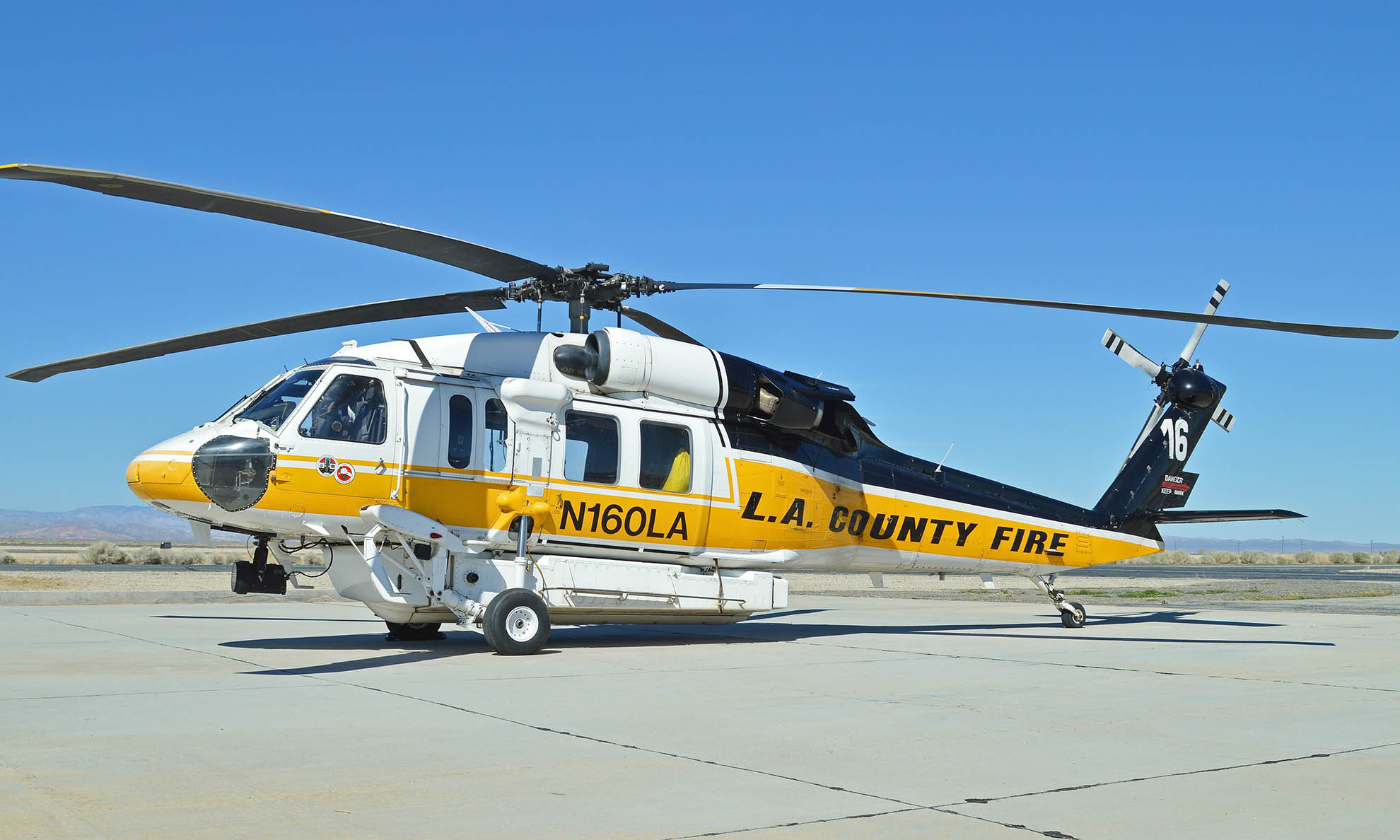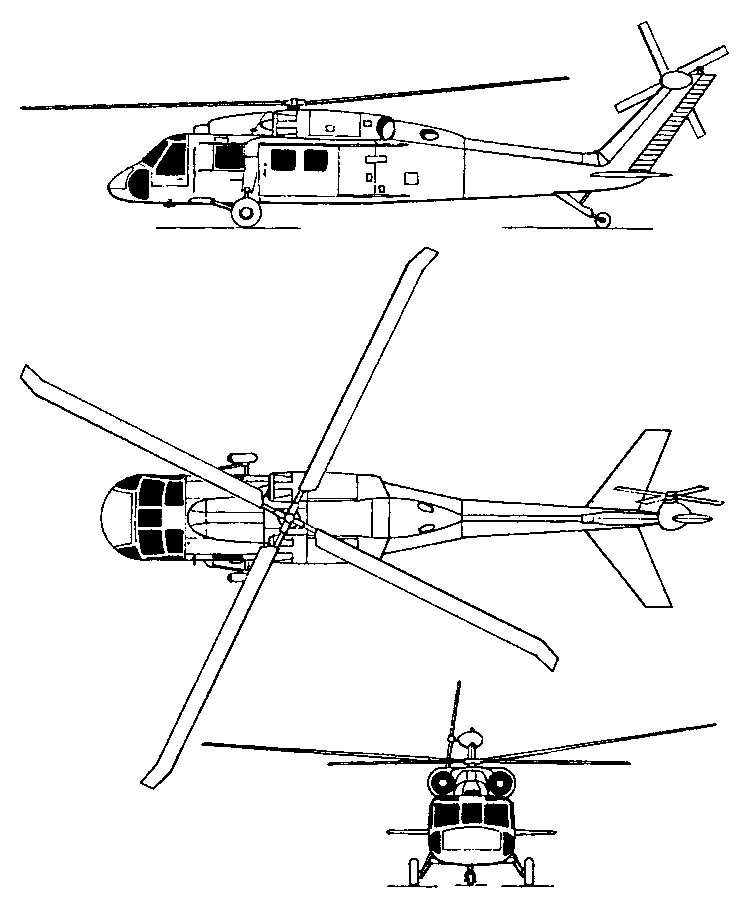The Sikorsky S 70 Helicopter: A Deep Dive into Its Design and Performance
The Sikorsky S 70 Helicopter: A Deep Dive into Its Design and Performance
Blog Article
Rotary-Wing Airplane Offering Superior Longevity and Precision Design
In the realm of aeronautics, rotary-wing aircraft have actually long been identified for their distinct abilities in numerous functional environments. From armed forces goals to civilian applications, the evolution of rotary-wing innovation has actually led the way for equipments that offer unmatched resilience and precision design. Via advancements in materials and construction methods, combined with sophisticated flight control systems, these aircraft have ended up being vital devices for jobs that require both effectiveness and precision. As we discover the intricate balance in between advancement and integrity in rotary-wing airplane, it comes to be noticeable that the merging of sophisticated modern technology and tried and tested layout concepts has established a brand-new criterion for efficiency and effectiveness in the aerospace market.
Advancement of Rotary-Wing Innovation
Throughout the history of aeronautics, the advancement of rotary-wing innovation has been a testimony to consistent technology and improvement in aeronautical design. From the early days of vertical trip with simple designs to the innovative helicopters and other rotary-wing airplane of today, the development in this area has actually been remarkable.
In the very early 1900s, pioneers like Igor Sikorsky and Juan de la Cierva made substantial strides in rotary-wing innovation. Sikorsky's VS-300 helicopter, initial flown in 1939, marked a zero hour in the advancement of functional rotary-wing aircraft. This success led the way for more developments in upright flight abilities.

Today, rotary-wing aircraft play vital duties in numerous fields, consisting of military operations, emergency medical solutions, legislation enforcement, and business transport. The advancement of rotary-wing modern technology proceeds to press the borders of what is feasible in upright trip, guaranteeing that these aircraft remain essential assets in the aviation industry.
Materials and Construction Innovations
Demonstrating a blend of sophisticated products and specific building and construction techniques, rotary-wing aircraft have actually undertaken considerable improvements in toughness and performance. One of the key technologies in products utilized for rotary-wing aircraft is the boosting application of composite products. These materials, such as carbon fiber reinforced polymers, supply a high strength-to-weight proportion, improving both the structural honesty and general performance of the airplane. In addition, advancements in making procedures have enabled even more specific and complex construction of rotary-wing components, adding to improved aerodynamics and performance.
In addition, the assimilation of sophisticated layers and surface therapies has played a vital duty in improving the durability of rotary-wing aircraft. These coatings supply defense versus corrosion, abrasion, and severe climate condition, prolonging the life-span of the airplane and decreasing upkeep needs.
In terms of building technologies, additive manufacturing, likewise recognized as 3D printing, has reinvented the production of complicated parts for rotary-wing airplane. This technology enables fast prototyping and modification, leading to faster growth cycles and reduced costs. Generally, the constant advancement of products and building and construction techniques is driving the capabilities and performance of rotary-wing aircraft to new heights.
Accuracy Trip Control Equipment

The combination of GPS technology additionally improves the precision and dependability of these systems, permitting for exact navigation, waypoint monitoring, and automated flight control. sikorsky s 70. This degree of precision not just enhances the safety and security of rotary-wing operations yet likewise boosts general functional efficiency and goal effectiveness
In addition, the continuous innovations in synthetic knowledge and artificial intelligence have assisted in the development of self-governing trip capabilities within Accuracy Flight Control Solution. This makes it possible for navigate to this website rotary-wing aircraft to do complex objectives with unmatched accuracy and consistency, making them crucial assets in a large array of applications, including armed forces procedures, search and rescue missions, and aerial digital photography.
Durability in Challenging Atmospheres
In requiring functional settings, rotary-wing aircraft demonstrate phenomenal resilience and robustness, making sure optimum efficiency under challenging environmental conditions. These airplanes are made to hold up against a vast array of environmental aspects, consisting of severe temperature levels, high winds, and harsh surface, making them fit for various missions in diverse landscapes.
One essential aspect adding to the toughness of rotary-wing airplane is their sturdy building and construction. These airplanes are constructed making use of high-grade products and progressed design methods to boost their architectural honesty and integrity. In addition, elements such as rotor blades, engine systems, and touchdown gear are carefully developed to endure the strains and stress and anxieties run into throughout operations in tough atmospheres.
Moreover, rotary-wing aircraft are equipped with innovative onboard systems that check efficiency metrics in real-time, allowing for proactive upkeep and very early detection of potential concerns - sikorsky s 70. This positive approach assists prevent unexpected failings and guarantees the continued airworthiness of the airplane in demanding operational setups. In look what i found general, the resilience of rotary-wing airplane in difficult environments is a testimony to their exceptional design and design, making them indispensable properties for different mission-critical procedures
Upkeep and Reliability Specifications
The adherence to strict upkeep and dependability criteria is vital in ensuring the ideal performance and security of rotary-wing aircraft. Regular upkeep checks, conducted by licensed technicians, are necessary to determine and resolve any possible issues before they endanger the airplane's performance. These checks encompass a thorough examination of all important components, including the engine, blades system, avionics, and hydraulic systems, to assure that they are in prime working problem.
In addition, adherence to scheduled maintenance periods according to producer guidelines is important for promoting the aircraft's reliability. This positive technique aids prevent unforeseen malfunctions and makes certain that the airplane remains airworthy for its desired missions. Additionally, the implementation of robust integrity criteria, such my latest blog post as regular component testing and replacement based on predetermined lifecycles, even more enhances the aircraft's dependability.
Final Thought

To conclude, the improvements in rotary-wing airplane innovation have actually resulted in superior durability and precision design. With cutting-edge products and building and construction strategies, in addition to accuracy trip control systems, these aircraft can operate in challenging settings with raised integrity. The upkeep and integrity criteria make certain that these rotary-wing airplane continue to carry out at their best, making them essential assets for numerous markets.
Demonstrating a fusion of cutting-edge products and exact construction techniques, rotary-wing airplane have actually undergone significant innovations in toughness and performance. One of the key technologies in materials used for rotary-wing airplane is the enhancing application of composite products.With meticulous focus to detail and progressed technical integration, rotary-wing airplane have welcomed Precision Trip Control Solution as a cornerstone of their functional excellence. Generally, the resilience of rotary-wing airplane in challenging settings is a testament to their premium engineering and design, making them crucial assets for numerous mission-critical operations.
In final thought, the advancements in rotary-wing aircraft modern technology have led to remarkable resilience and accuracy design.
Report this page